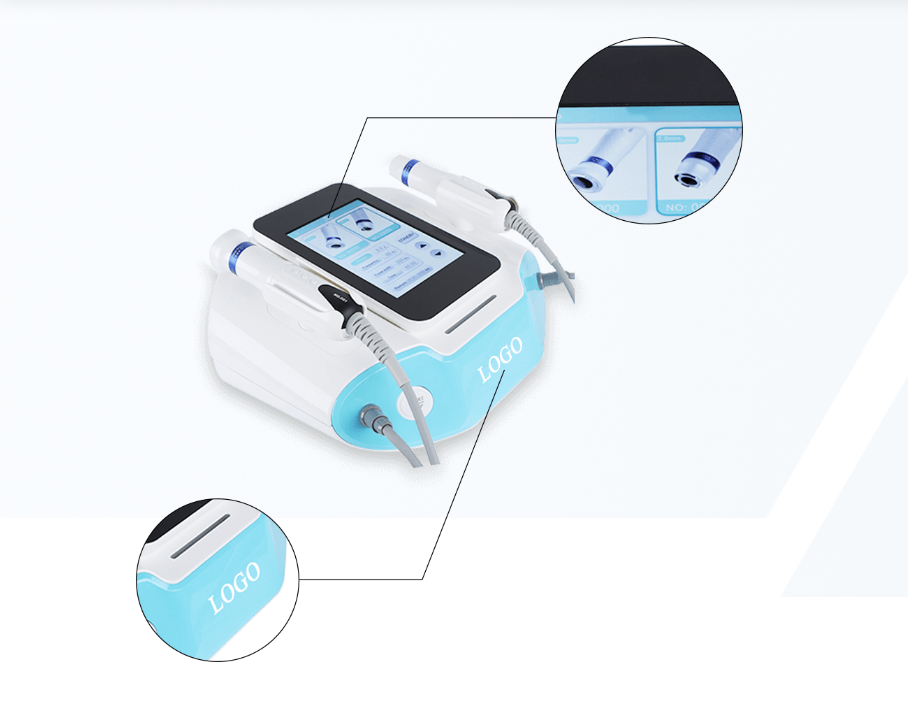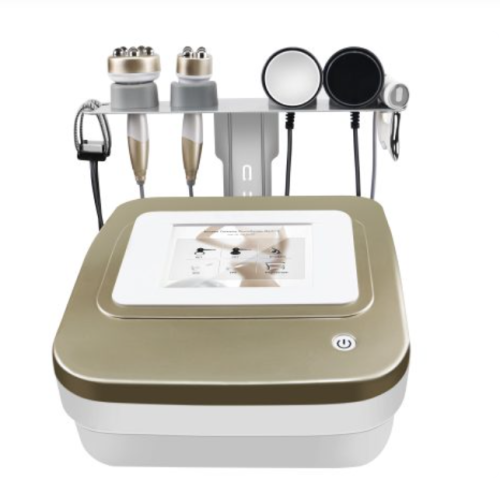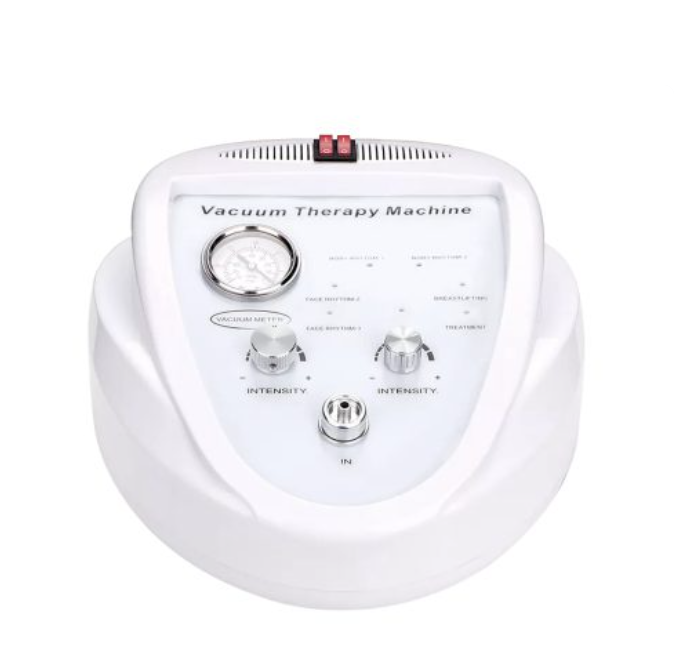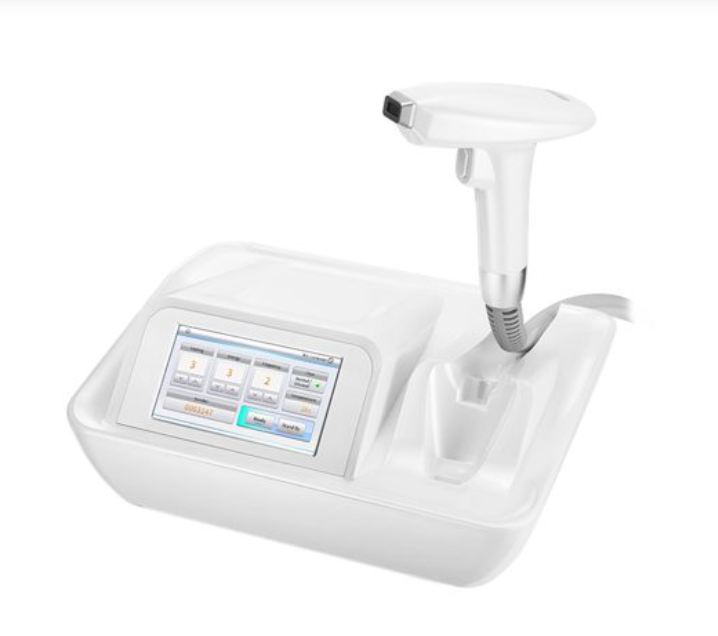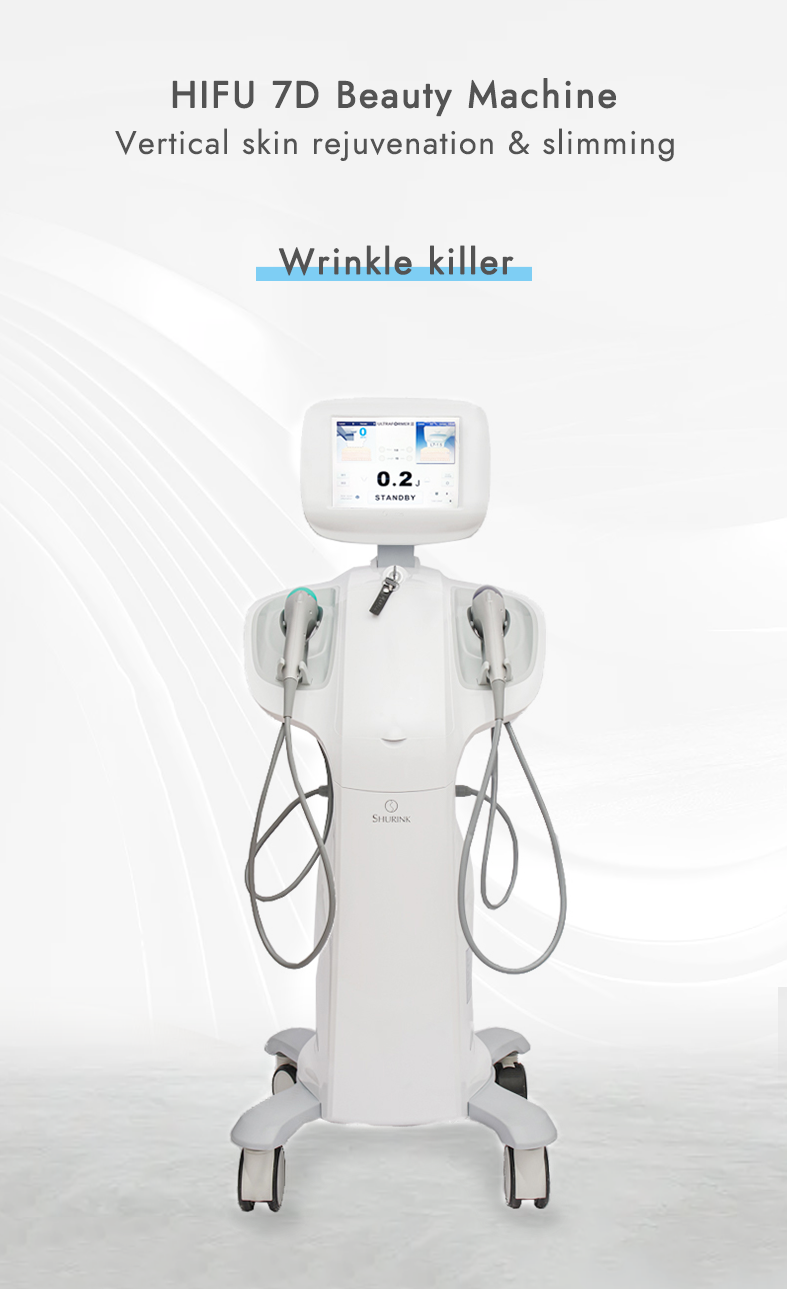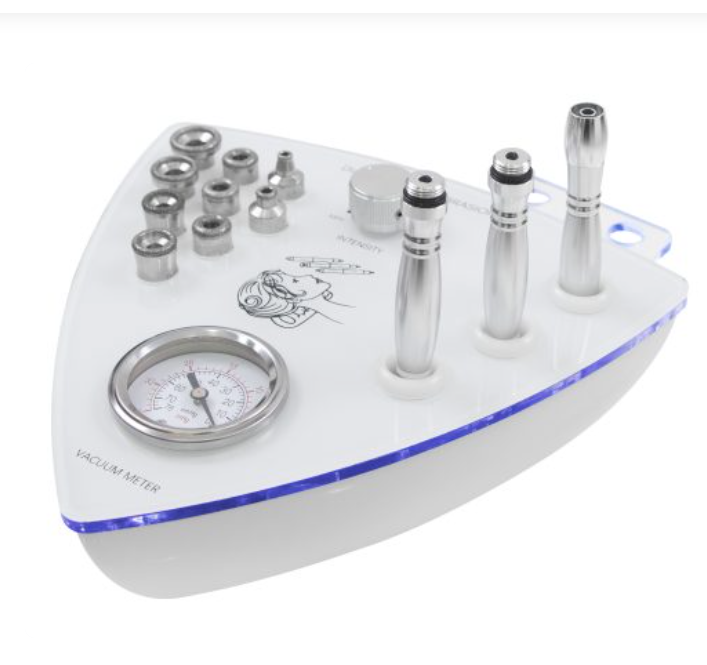Precision Craftsmanship: Exploring the Art of Esthetic Equipment Manufacturing
The manufacturing of aesthetic equipment involves the production of various devices and tools used in the field of aesthetics, which includes beauty, skincare, and cosmetic treatments. This can encompass a wide range of products, including but not limited to:
- Physical Therapy Machine
- Breast Care Machine
- Hair Removal Machine
- Body Slimming Machine
- Anti-Aging Machine
Manufacturers of aesthetic equipment typically employ engineers, designers, and technicians who work together to develop, produce, and test these devices. They need to adhere to safety regulations, quality control standards, and often obtain necessary certifications before their equipment can be sold in the market. The manufacturing process involves sourcing components, assembly, calibration, quality assurance, and packaging. On the below, let’s follow manufacturer and walk through different types of professional salon beauty machines production.
Physical therapy machines play a crucial role in the field of rehabilitation and therapeutic treatments. These machines are designed to assist physical therapists in providing effective and targeted treatments to patients recovering from injuries, surgeries, or those with chronic conditions.
Manufacturing physical therapy machines requires expertise in electrical engineering, biomechanics, and medical device regulations. Manufacturers need to ensure their devices meet safety standards, undergo rigorous testing, and obtain necessary certifications before entering the market. Continuous research and development efforts are crucial to staying updated with the latest advancements in the field and meeting the evolving needs of physical therapists and patients.
By creating reliable, user-friendly, and innovative physical therapy machines, manufacturers contribute to enhancing the effectiveness of rehabilitation programs and improving patient outcomes.
Manufacturing breast care vacuum breast lift machines involves the production of specialized equipment designed to provide non-surgical breast lifting and enhancement. These machines utilize vacuum technology to create suction and gently lift the breasts, promoting firmness and improving their appearance. Here are some key points to consider regarding the manufacturing of these machines:
Design and Engineering: Manufacturers invest in research and development to design breast care vacuum breast lift machines that are ergonomic, user-friendly, and effective. The machines typically consist of a suction device with adjustable settings, various cup sizes to accommodate different breast sizes, and control panels for managing suction intensity and duration.
Vacuum Technology: The machines utilize vacuum technology to create negative pressure on the breast tissues, causing them to be gently pulled upwards. This suction effect stimulates blood circulation, collagen production, and lymphatic drainage, promoting breast firmness and lift. Manufacturers focus on developing reliable vacuum mechanisms that offer consistent and safe suction levels.
Safety and Comfort: Ensuring the safety and comfort of users is paramount in manufacturing these machines. Manufacturers incorporate features such as soft and hypoallergenic cup materials, adjustable suction levels to suit individual preferences and sensitivities, and built-in safety mechanisms to prevent excessive suction or discomfort.
Quality Control and Compliance: Manufacturers adhere to stringent quality control measures during the manufacturing process. They conduct thorough testing to ensure the machines meet safety standards and comply with applicable regulations. This includes assessing the performance, durability, and reliability of the devices to ensure consistent and long-lasting results.
Training and Support: Manufacturers may provide training and support materials to practitioners and users of the breast care vacuum breast lift machines. This includes instructional guides, videos, and customer support services to ensure proper usage and maximize the benefits of the equipment.
Market Demand and Innovation: Manufacturers closely monitor market trends and customer feedback to enhance their products. They may incorporate innovative features such as advanced suction technologies, wireless connectivity, or additional functionalities to meet evolving user expectations and provide a competitive edge in the market.
Manufacturers of breast care vacuum breast lift machines play a crucial role in providing non-surgical alternatives for individuals seeking breast enhancement and rejuvenation. By focusing on quality, safety, and innovation, they contribute to empowering individuals to achieve their desired aesthetic goals without invasive procedures.
“Cutting-Edge Manufacturing: Delivering Professional-Grade Commercial Laser Hair Removal Machines for Effective Hair Removal Solutions”
The manufacturing of commercial laser hair removal machines entails the production of advanced devices designed to meet the professional standards of salons, spas, and aesthetic clinics. These machines utilize state-of-the-art laser technology to target and remove unwanted hair from various areas of the body. Here are the key factors that underpin the manufacturing process:
Laser Technology: Employing cutting-edge laser technologies such as diode lasers, Alexandrite lasers, or Nd:YAG lasers, manufacturers achieve exceptional hair removal outcomes. These lasers emit precise wavelengths of light that are selectively absorbed by the melanin in hair follicles, impairing their growth and ensuring long-lasting results.
Safety and Efficacy: Ensuring the utmost safety and efficacy is paramount throughout the manufacturing process. Manufacturers integrate built-in safety features, including skin cooling mechanisms, adjustable energy settings, and contact cooling systems, to safeguard the skin from excessive heat and optimize client comfort during treatments.
Customization and Treatment Parameters: Commercial laser hair removal machines offer adaptable treatment parameters, empowering professionals to customize treatments based on factors such as skin type, hair color, and thickness. Manufacturers prioritize user-friendly interfaces and intuitive controls to facilitate seamless customization and ensure optimal treatment outcomes.
Speed and Efficiency: Enhancing the speed and efficiency of hair removal procedures is a key focus for manufacturers. This entails incorporating larger spot sizes, high repetition rates, and advanced technologies like simultaneous contact cooling or motion sensors, all of which contribute to faster and more efficient treatments, reducing overall treatment time.
Stringent Quality Control and Compliance: Manufacturers adhere to rigorous quality control measures to ensure that their machines meet industry standards and regulatory requirements. Thorough testing of the devices for performance, reliability, and safety is conducted, along with obtaining necessary certifications prior to marketing and distribution.
Ongoing Support and Training: Manufacturers typically provide comprehensive support and training to professionals who utilize their commercial laser hair removal machines. This includes comprehensive training programs, detailed user manuals, technical assistance, and regular software updates to guarantee optimal device performance and customer satisfaction.
Manufacturers of commercial laser hair removal machines serve a vital role in offering effective and dependable solutions for professionals in the beauty and aesthetics industry. By prioritizing advanced technology, safety, efficiency, and customer support, they contribute to delivering successful hair removal treatments and assisting individuals in achieving long-lasting hair reduction results.
Manufacturing companies produce a variety of body slimming machines designed to aid in weight loss, body contouring, and cellulite reduction. These machines utilize different technologies and techniques to target specific areas of the body. Here are some of the common types of body slimming machines manufactured:
Cryolipolysis Machines: Cryolipolysis, also known as “fat freezing,” involves cooling fat cells to a low temperature, causing them to crystallize and gradually be eliminated from the body. Cryolipolysis machines use suction and controlled cooling to target and reduce fat in specific areas such as the abdomen, thighs, or arms.
Radiofrequency (RF) Machines: RF machines use radiofrequency energy to heat the deeper layers of the skin, stimulating collagen production, tightening the skin, and reducing the appearance of cellulite. They can also be used for body contouring and skin tightening in areas like the abdomen, buttocks, or thighs.
High-Intensity Focused Ultrasound (HIFU) Machines: HIFU machines deliver focused ultrasound energy to targeted areas of the body, causing thermal damage to fat cells and resulting in fat reduction and body contouring. They are often used for sculpting the abdomen, arms, or flanks.
Low-Level Laser Therapy (LLLT) Machines: LLLT machines utilize low-level laser energy to stimulate the fat cells, promoting the release of stored fat and assisting in body slimming. These machines can also aid in reducing the appearance of cellulite and improving skin texture.
Vacuum-assisted Machines: Vacuum-assisted body slimming machines combine vacuum suction with massage rollers or radiofrequency technology to enhance blood circulation, lymphatic drainage, and metabolism. They are often used for cellulite reduction and body contouring.
EMS (Electrical Muscle Stimulation) Machines: EMS machines deliver electrical impulses to the muscles, causing them to contract and relax, similar to exercise. These machines can be used for muscle toning, strengthening, and enhancing overall body shape.
Cavitation Machines: Cavitation machines use ultrasonic waves to disrupt fat cells, converting them into liquid that is eliminated from the body through natural processes. They are commonly used for body contouring and reducing localized fat deposits.
Manufacturers of body slimming machines employ engineers, researchers, and technicians to develop and produce these devices. They prioritize safety, efficacy, and user-friendly features, ensuring compliance with regulatory standards and obtaining necessary certifications. Continuous research and development efforts are undertaken to introduce advancements and improve the effectiveness of body slimming machines.
Manufacturing companies produce various anti-aging machines designed to address signs of aging and promote youthful-looking skin. These machines utilize different technologies and techniques to target specific skin concerns. Here are some common types of anti-aging machines manufactured:
Radiofrequency (RF) Machines: RF beauty machines use radiofrequency energy to heat the deeper layers of the skin, promoting collagen production, tightening the skin, and reducing the appearance of fine lines and wrinkles. They can also be used for skin rejuvenation and improving skin texture.
Microcurrent Machines: Microcurrent machines deliver low-level electrical currents to the facial muscles, stimulating them and improving muscle tone. This can help reduce sagging and improve the appearance of fine lines and wrinkles.
PDT LED Light Therapy Machines: LED light therapy machines utilize specific wavelengths of light, such as red, blue, or near-infrared, to target different skin concerns. Red light stimulates collagen production and promotes skin rejuvenation, while blue light targets acne-causing bacteria. Near-infrared light can enhance skin elasticity and promote wound healing.
Microdermabrasion Machines: Microdermabrasion machines exfoliate the outer layer of the skin using fine crystals or a diamond-tipped wand, revealing fresher, younger-looking skin. They can help improve skin texture, reduce the appearance of fine lines, and enhance the effectiveness of skincare products.
Ultrasound Hifu Machines: Ultrasound machines use high-frequency sound waves to penetrate the skin, stimulating collagen production and improving skin elasticity. They can be used for skin tightening, reducing the appearance of wrinkles, and improving overall skin tone.
Laser Skin Resurfacing Machines: Laser skin resurfacing machines utilize laser technology to remove damaged skin layers and stimulate collagen production. This can help reduce wrinkles, fine lines, and pigmentation irregularities, resulting in smoother and more youthful-looking skin.
Cryotherapy Machines: Cryotherapy machines deliver controlled cooling to the skin, helping to reduce inflammation, tighten pores, and improve overall skin tone. They can also stimulate collagen production and enhance the skin’s natural radiance.
Manufacturers of anti-aging machines prioritize safety, efficacy, and user-friendly features. They conduct extensive research and development, testing, and quality control to ensure the devices meet industry standards and regulatory requirements. Continuous innovation and advancements in technology are pursued to improve the effectiveness and versatility of anti-aging machines.
Aesthetic machine manufacturers play a crucial role in the production of various devices used in the beauty and aesthetics industry. These machines encompass a wide range of applications, including skincare, body contouring, hair removal, and anti-aging treatments. Key points regarding the manufacturing of aesthetic machines include:
Technology and Innovation: Manufacturers focus on incorporating advanced technologies into their machines, such as laser, radiofrequency, ultrasound, cryotherapy, or LED light therapy. Continuous innovation drives the development of new features and functionalities to meet the evolving needs of professionals and clients.
Safety and Efficacy: Ensuring the safety and efficacy of aesthetic machines is paramount. Manufacturers adhere to strict quality control measures, conduct thorough testing, and obtain necessary certifications to ensure their machines meet regulatory standards. Built-in safety features, adjustable settings, and user-friendly interfaces are prioritized to maximize client comfort and treatment effectiveness.
Customization and Versatility: Aesthetic machines often offer customizable settings and treatment parameters to cater to individual client needs. Manufacturers strive to develop versatile devices that can be used for a wide range of skin types, body areas, or aesthetic concerns, allowing practitioners to provide tailored treatments.
Training and Support: Manufacturers provide comprehensive training and support to professionals using their aesthetic machines. This includes instructional materials, technical assistance, and ongoing updates to ensure practitioners are knowledgeable about the devices and can deliver safe and effective treatments.
Quality Control and Compliance: Manufacturers implement stringent quality control measures throughout the manufacturing process to maintain consistency and reliability. Compliance with industry standards and regulations is a priority, and rigorous testing is conducted to ensure device performance, durability, and safety.
Market Research and Customer Feedback: Manufacturers stay attuned to market trends and customer feedback to inform their product development efforts. This enables them to address emerging needs, introduce new features, and improve existing devices to meet customer expectations.
Manufacturers of aesthetic machines contribute to the advancement of the beauty and aesthetics industry by producing high-quality, technologically advanced devices. Through their commitment to safety, innovation, and customer support, they empower professionals to deliver effective treatments, enhance client satisfaction, and promote overall well-being.
